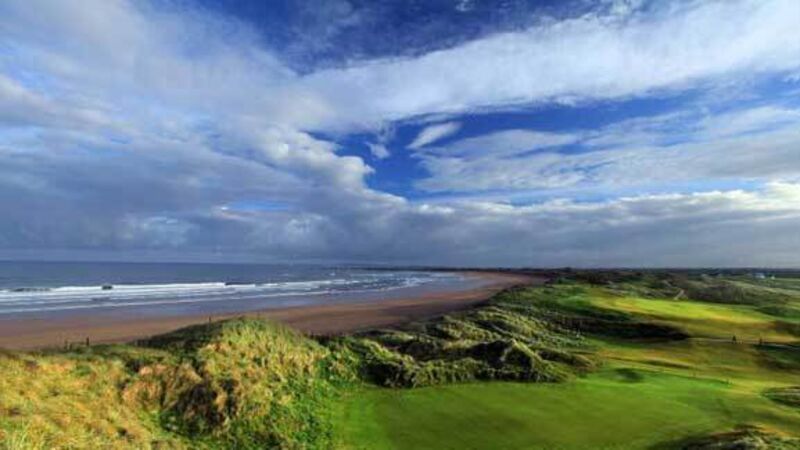Damage to our dunes is evident all around the coast

However, occasionally, there’s a glimmer of hope. Some coastal communities are taking action to try to save fragile dunes which have taken a severe battering from the effects of climate change, including fierce storms, in recent winters.
A 2012 study conducted for the Department of Arts and Heritage singled out 10 of our 40 dune systems of European importance (annex one) and found them to be in an “unfavourable’’ state. In Europe as a whole, it is reckoned upwards of 85% of dunes are under threat.













